Consideration for the environment in product procurement
Consideration for the environment in product procurement ―
Green, safe and
secure for the Earth and our customers
1 Development and sale of sustainable products
We have defined products made with materials for which chemical substances are appropriately managed
(e.g., organic cotton) and materials which save resources (e.g., recycled textiles) as "sustainable
products." We are working to develop and sell these products to reduce our environmental burden in product
procurement.
Sustainable products deliver safety and security to our customers by making the source of raw materials
and production process traceable. (Ensuring traceability)
-
Shimamura's sustainable product standard
- Standards for Sustainable Materials : Products are made of materials that meet third-party certification standards or are recognized as sustainable materials by the Shimamura Group.
- Standards for inclusion of sustainable materials : Products are assumed to meet the standards of the third-party certification or the standards of the respective manufacturers.
-
Confirmation of Traceability
The Merchandise Management Department confirms traceability for sustainable products based on route certification documents.
Examples of route certification documents
・Raw material certificates/Raw material manufacturer certificates ・SC (Scope Certificate) ・TC (Transaction Certificate), etc. -
The "Shima-Eco" mark is printed on sustainable products.
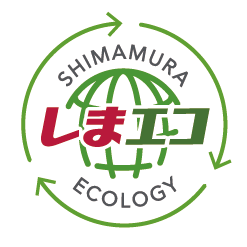 "Shima-Eco" refers to the environmental initiatives of the Shimamura Group.
"Shima-Eco" refers to the environmental initiatives of the Shimamura Group.
-
Examples of sustainable products *The photograph is an image.
Product name Main products Initiatives for environmental consciousness 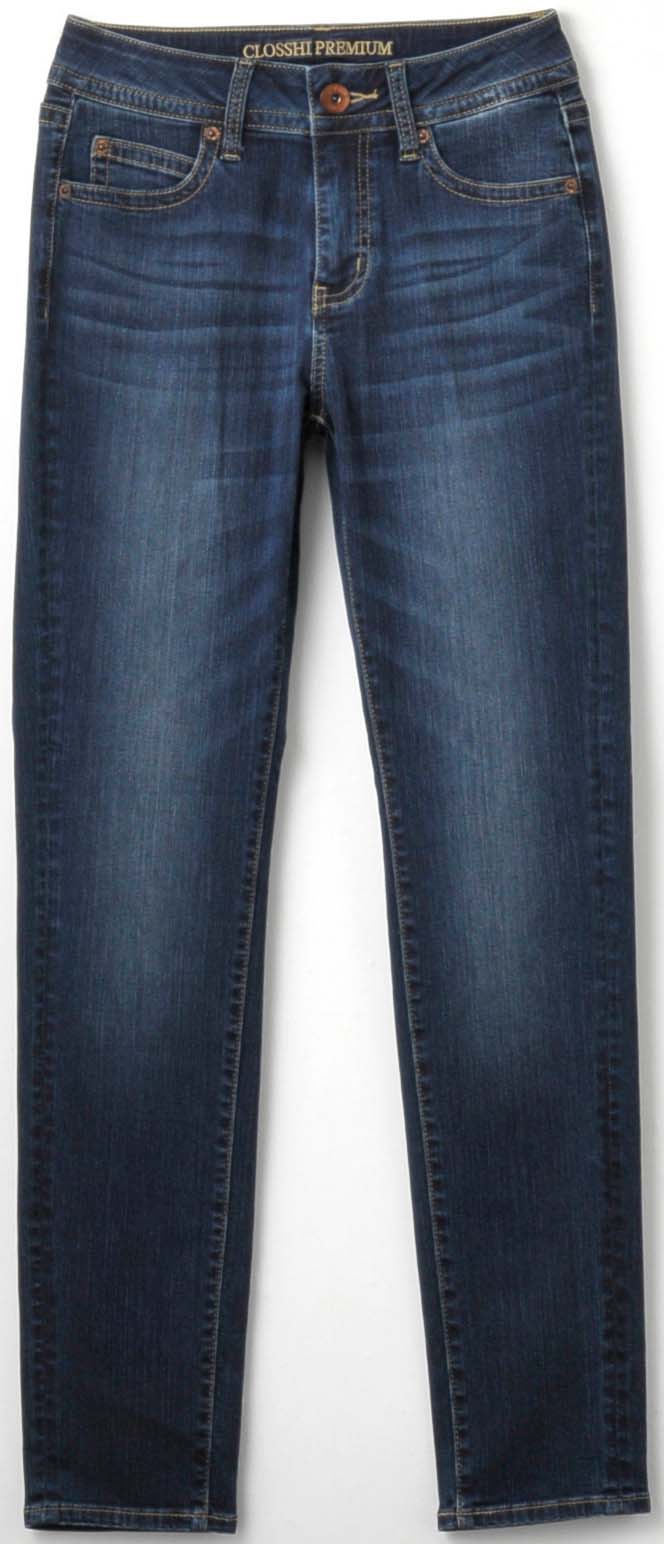
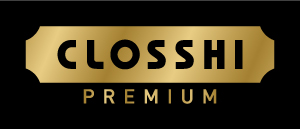
FIBER HEAT MOIST
Uraji Attaka(Warm Lining)PantsWomen's
BottomsThese products are certified by STANDARD100 by OEKO-TEX®* to prove they do not contain harmful chemical substances. We use organic cotton and environmentally-friendly dyes and chemicals.
*This is a sustainability certification organization for companies involved in the safety and production of harmful substances from raw materials to final products.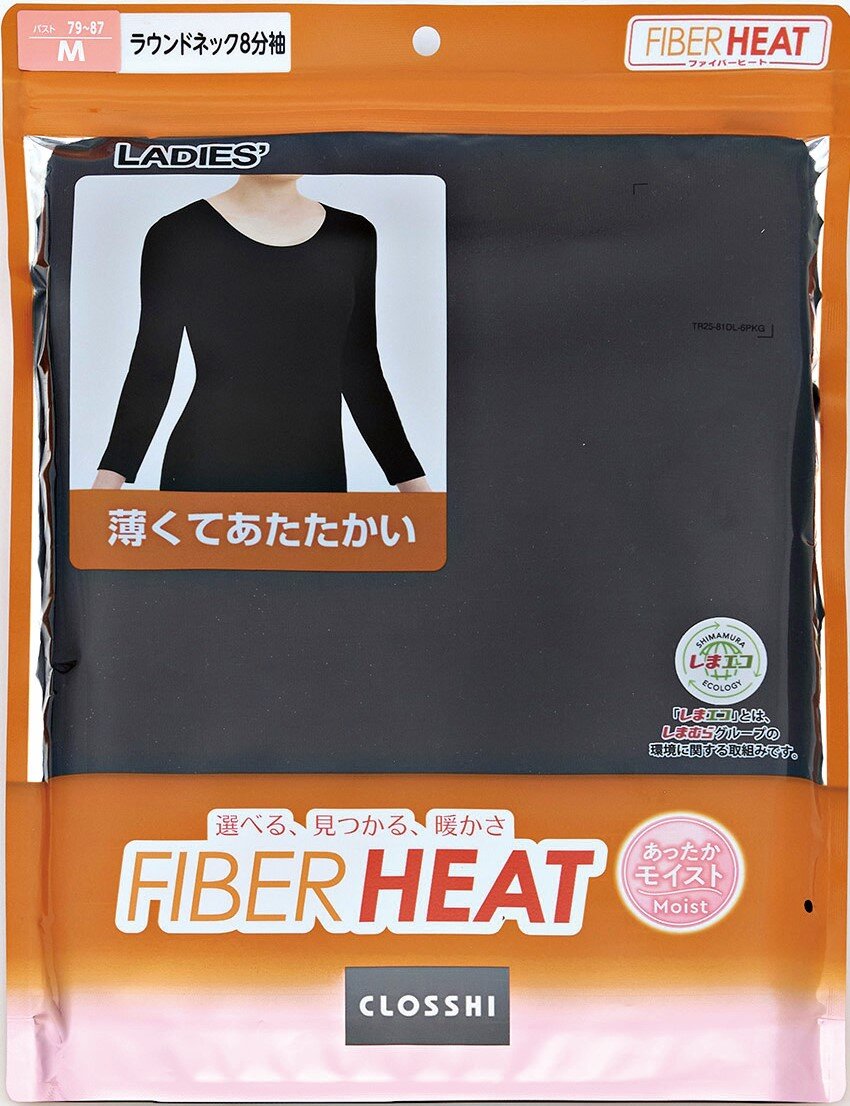
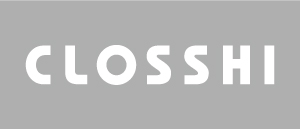
FIBER HEAT
WARM‑MOISTWomen's
Men's
InnerwearsThis product uses environmentally friendly rayon fibers and is manufactured with reduced CO2 emissions and lower water pollution during the production process. 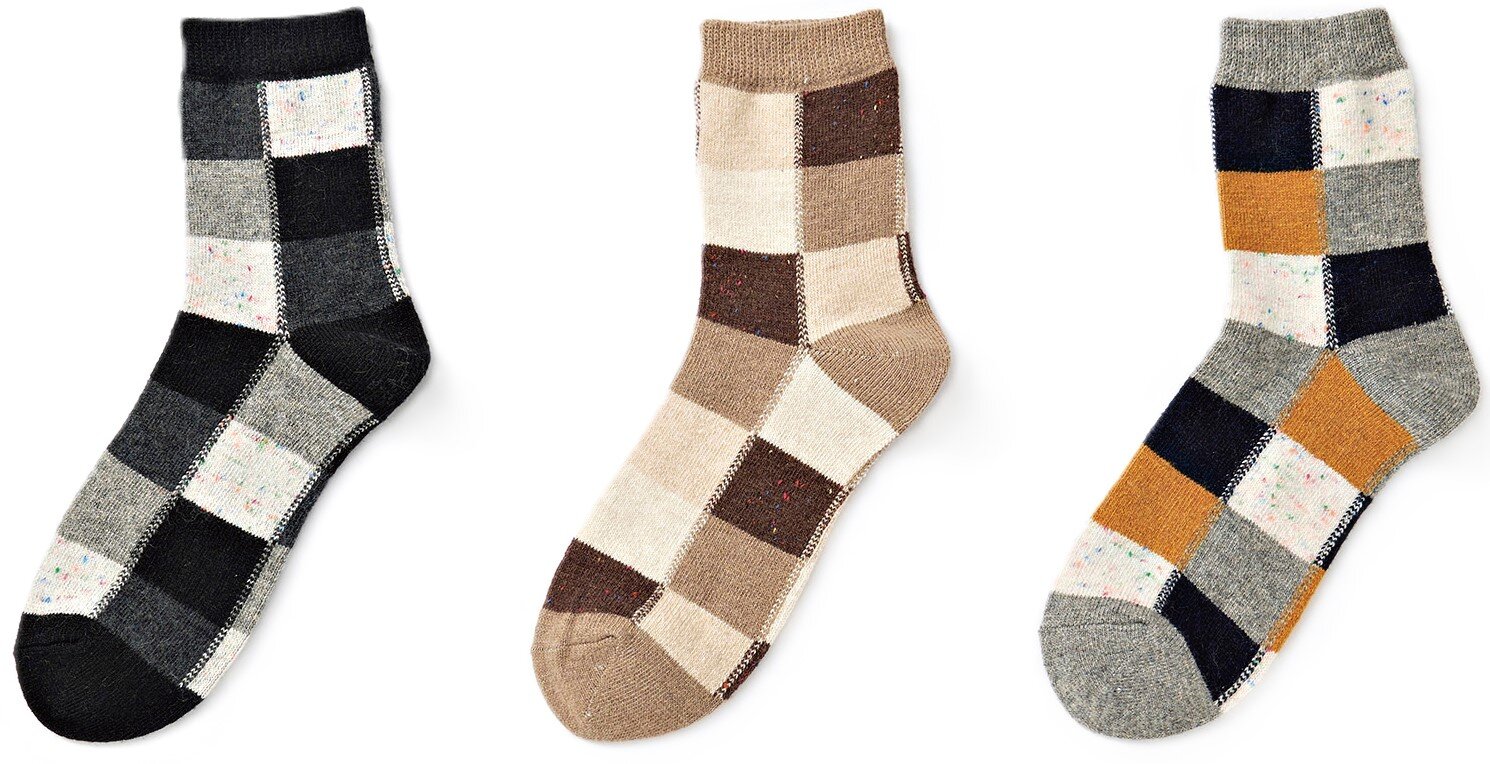

FIBER HEAT
WARM‑MOISTWomen's
Men's
SocksThis product uses cotton cultivated using sustainable farming methods. 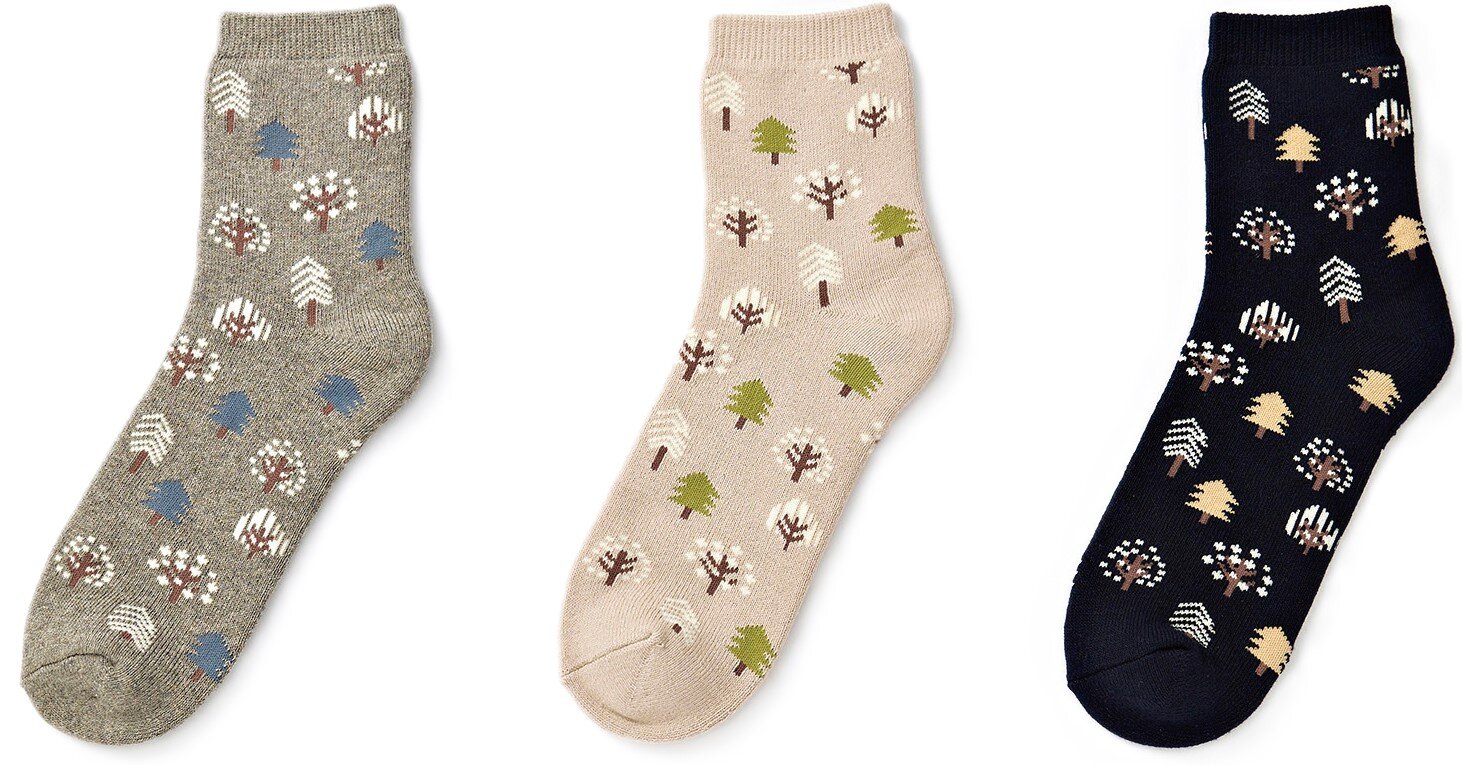

FIBER HEAT
WARM‑COTTONWomen's
Men's
SocksSome parts of the product use environmentally friendly polyester fibers. 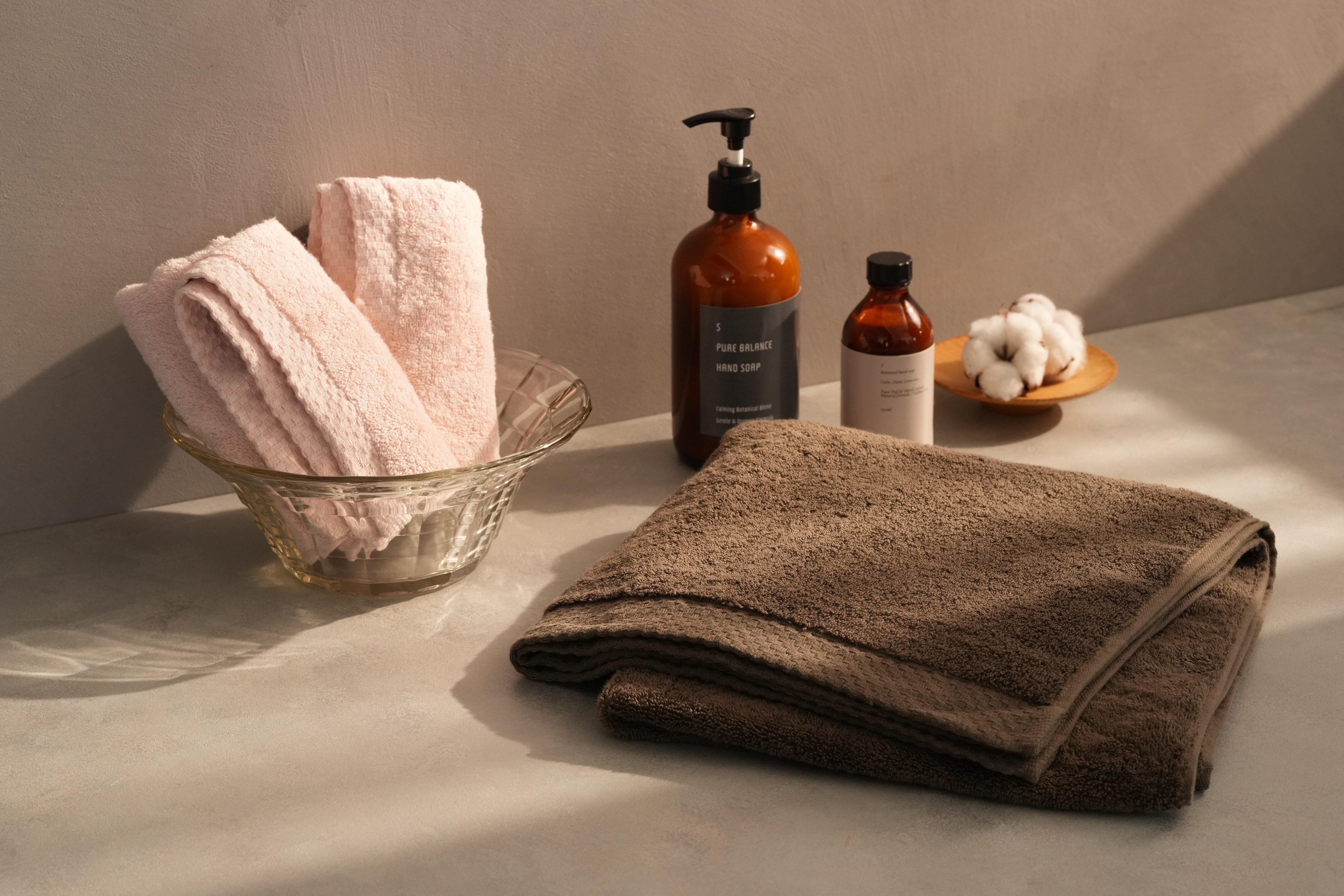

KOKOCHI LABO(Comfort Fabric Series)
Towels We use human and environmentally friendly cotton grown on certified farms that have not used chemical fertilizers or synthetic agrochemicals for more than 3 years.
These products are certified by STANDARD100 by OEKO-TEX®* to prove they do not contain harmful chemical substances. We use organic cotton and environmentally-friendly dyes and chemicals.
*This is a sustainability certification organization for companies involved in the safety and production of harmful substances from raw materials to final products.
2 Development and use of sustainable auxiliary materials
-
We are taking steps to change the auxiliary materials for our products from plastic to paper.
Moreover, we are working to reduce the environmental impact of materials that cannot be substituted with paper materials by recycling and reusing them as well as using reprocessed plastic that saves resources.-
Examples of sustainable auxiliary materials
Material Main auxiliary materials Initiatives for environmental consciousness 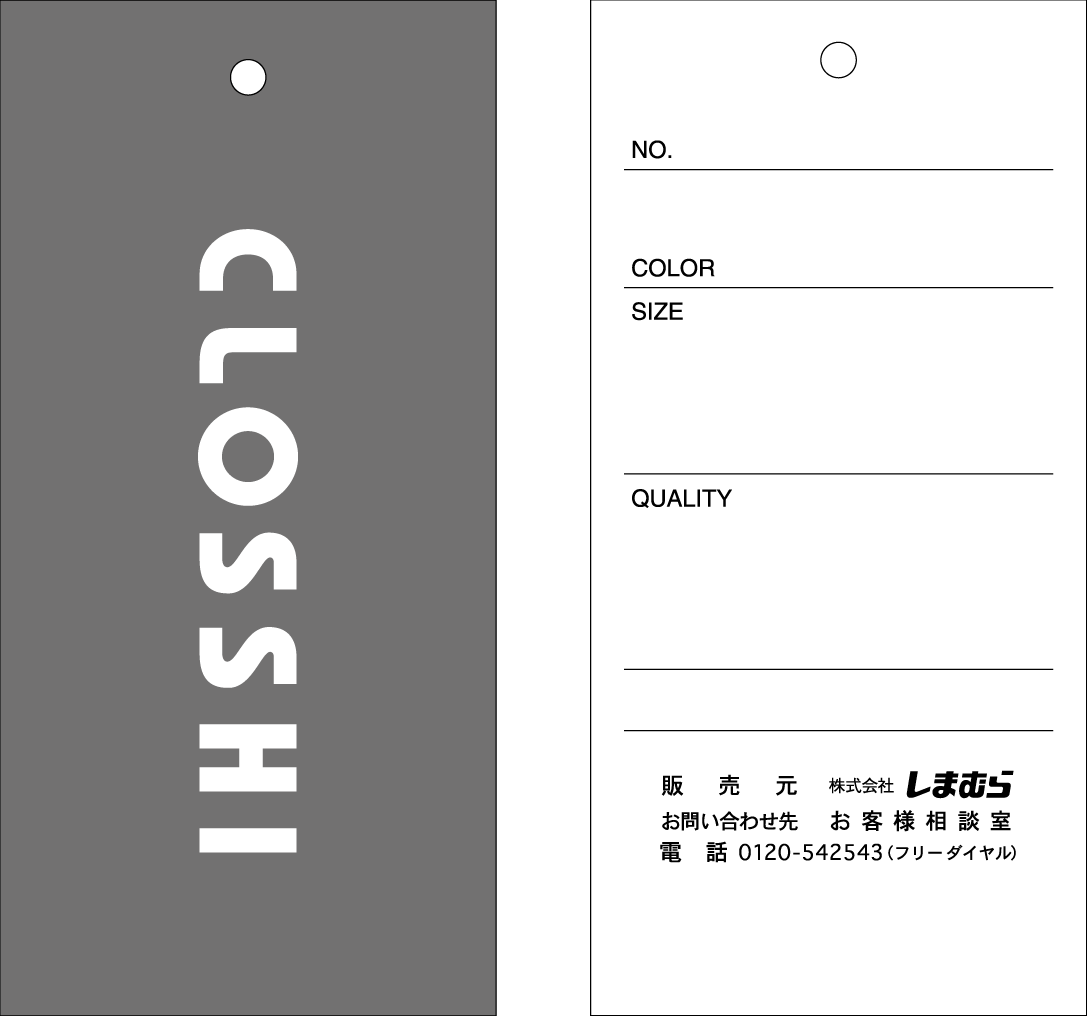
Recycled paper
Product tags
and hooksWe use environment-friendly paper materials. This reduces the amount of plastic.


Recycled polyester
Woven labels,
care labels
tag pinsWe use recycled polyester made with used plastic bottles and other materials. 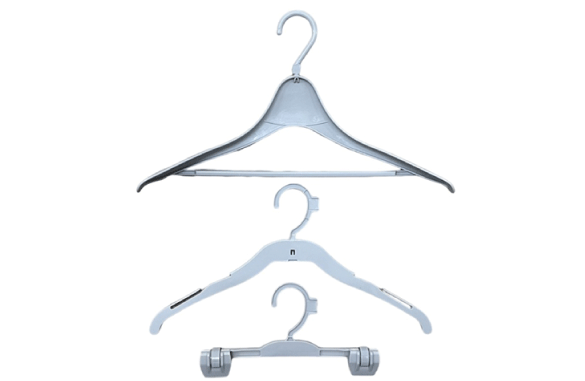
Recycled polypropylene
Hangers
and hooksWe collect the hangers removed at the time of payment, mold them into hangers, hooks and other products again, and then reuse them.
-
Examples of sustainable auxiliary materials
